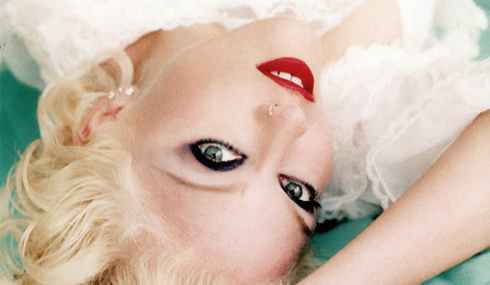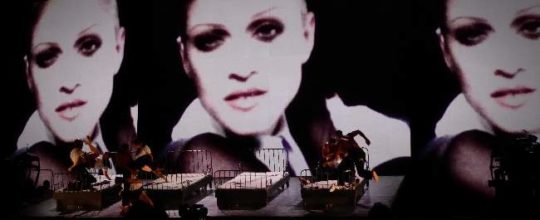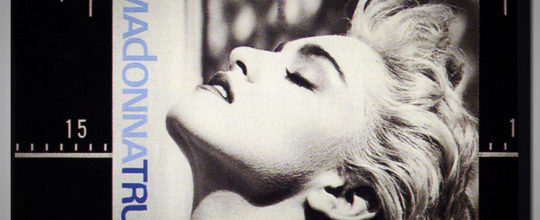A Bedtime Story retrospective

As Bedtime Stories turns 20 this month (Madonna’s “forgive me” follow up to her “Erotica” album was released by Maverick Records on October 6, 1994), Billboard’s Joe Lynch takes a trip down memory lane with two of the talents who contributed to the Ciccone version of R&B: Kenneth “Babyface” Edmonds and Donna De Lory.
While she was seducing the mainstream audience with a warmer, softer sound that seemed to take a distance from the overt sexuality of Erotica with the help of the likes of Dallas Austin, Nellee Hooper, Dave “Jam” Hall and, of course, Babyface, Madonna didn’t weaken her message as tracks like “Survival” and most of all “Human Nature” clearly show.
“Madonna was a fan of a song I did, ‘When Can I See You.’ Because of that, she was interested in working with me,” Babyface tells Billboard. “She came to me for lush ballads, so that’s where we went.”
Of the three songs he contributed to, “Forbidden Love” and “Take a Bow,” ended up on the album. The latter became Madonna’s long-running No. 1 on the Billboard Hot 100, but Edmonds explains he wasn’t gunning for chart-toppers when they met.
“I wasn’t so much thinking about the charts,I think I was more in awe of the fact that I was working with Madonna. It was initially surreal, but then you get to know the person a little bit, and you calm down and then it’s just work. And work is fun.”
When Edmonds played Madonna the bare bones of a song that would become “Take a Bow,” she immediately took to it. “It was just a beat and the chords. From there we collaborated and built it up,” he says. “I was living in Beverly Hills and I created a little studio in my house, so she came over there to write.”
As for “Forbidden Love,” Edmonds recalls that track came together with similar speed. “She heard the basic track and it all started coming out, melodies and everything… It was a much easier process than I thought it would be.”
On the vocal side, longtime backing singer Donna De Lory wasn’t surprised at how easily Bedtime Stories came together when she and fellow backup vocalist Niki Haris were called in to provide harmonies on “Survival,” co-written by Dallas Austin. At that point, she’d been performing with Madonna for seven years.
“The minute you walked in [the studio], she was giving you the lyric sheet,” Donna tells Billboard. “That was the atmosphere – we’re not here to just hang out. It’s fun, but we’re here to work and get this done.”
And what Madonna sets out to do, Madonna invariably succeeds at. De Lory recalls the sessions for “Survival” took just a “couple of hours” and there were no retakes.
Similar to Babyface, De Lory describes working with Madonna as a creative partnership, even if she was the one setting the tone. “Once she got her ideas out, she was open to your ideas. You didn’t want to go in with her and right off the bat say, ‘Well, I hear this,’ because she was so specific and articulate. She already had the sound in her head. But after she’d spoken, we’d put our two cents in. We always had ideas, like, ‘Can we answer this line with an extra “survival” [in the background]?'”
The result of that session is the perfect opener to the album – a lush, beguiling anthem to resilience and statement of purpose. “I’ll never be an angel, I’ll never be a saint it’s true/ I’m too busy surviving, whether it’s heaven or hell/ I’m gonna be living to tell,” Madonna sings, nodding to her critics while simultaneously brushing them off.
Looking back on Bedtime Stories 20 years later, Babyface says the whole experience seems surreal. “Today when I think about it, it’s hard to believe I even did that with Madonna, It’s always nice to be part of an album that’s a classic – but you never know when you’re a part of it at the time. Only time can tell.”
Recalling her time with Madonna, Donna De Lory, who hasn’t performed with Madonna since 2007, says she’s still in awe of the pop icon’s total immersion in the recording process. “I was constantly amazed at her ability to focus in on the intonation and rhythm of our vocal parts. When you worked with her, you had to be so on. She was very present in the moment – she knew what she wanted, she got what she wanted, and then she was moving on.”
To read the full story please visit Billboard.com.







